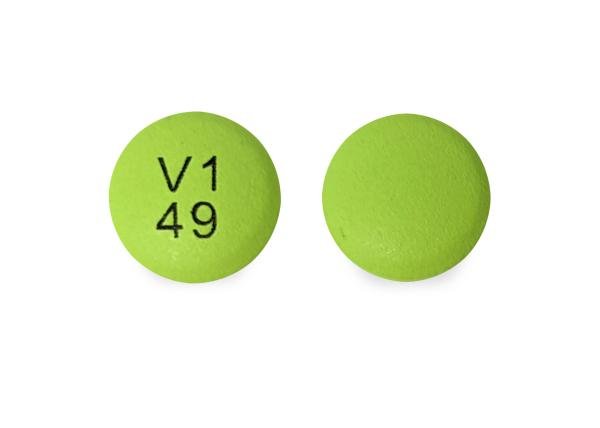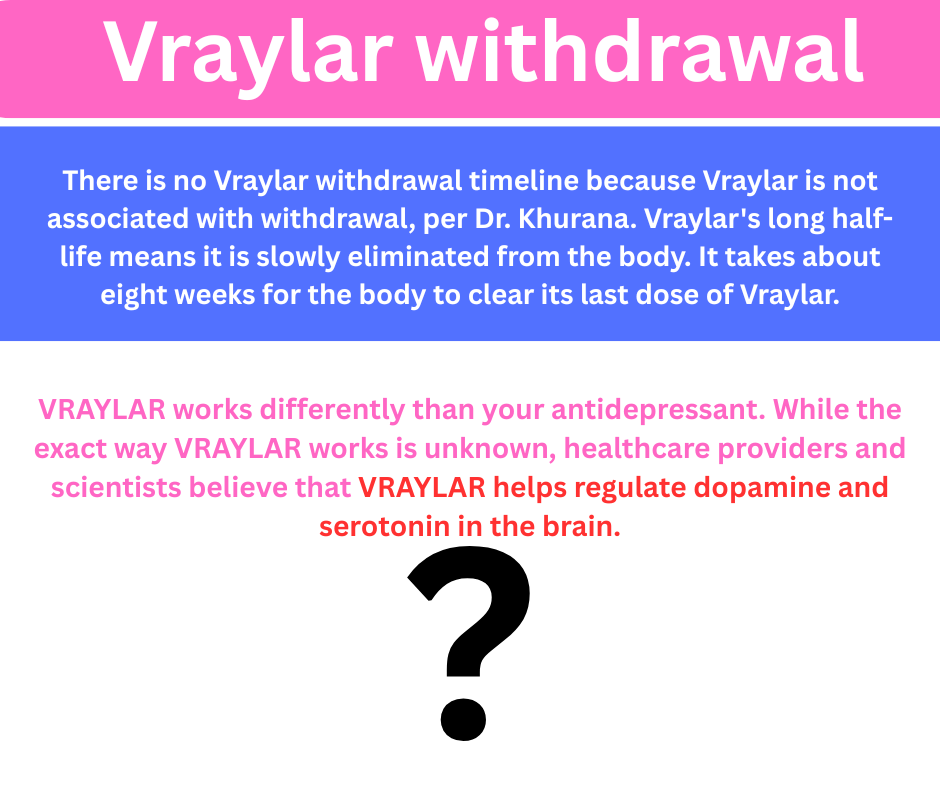V1 49 Green Pill
Drug Information: V1 49 Green Pill
| Feature | Value |
|---|---|
| Imprint | V1 49 |
| Strength | 150 mg |
| Color | Green |
| Size | 11.00 mm |
| Shape | Round |
| Availability | Prescription-only |
| Drug Class | Miscellaneous antidepressants, Smoking cessation agents |
| Pregnancy Category | C – Risk cannot be ruled out |
| CSA Schedule | Not a controlled drug |
| Labeler / Supplier | Camber Pharmaceuticals, Inc. |
| Manufacturer | Annora Pharma Private Limited |
| National Drug Code (NDC) | 31722-0067 |
Here’s a 1,000-word blog post on the “V1 49 Green Pill” that integrates SEO keywords while providing useful information:
The V1 49 Green Pill: What You Need to Know
If you’ve recently come across a green pill with “V1 49” imprinted on it, you might be wondering what exactly this pill is and what it’s used for. In this comprehensive guide, we’ll dive deep into the details of the V1 49 green pill, covering everything from its composition and uses to possible side effects and safety considerations.
What Is the V1 49 Green Pill?
The V1 49 green pill is a generic version of amantadine hydrochloride. Amantadine is a medication primarily used to treat Parkinson’s disease and to help with certain symptoms of movement disorders caused by antipsychotic medications. It also has antiviral properties and was once commonly prescribed to prevent or treat influenza A, although it’s less common for flu treatment today due to increased resistance.
Amantadine is classified as an antiviral and antiparkinsonian medication. The V1 49 green pill specifically is usually a 100 mg dose of amantadine hydrochloride and is typically oval-shaped and green with the imprint “V1 49” on one side.
Uses of the V1 49 Green Pill
The V1 49 green pill is most commonly prescribed for the following conditions:
1. Parkinson’s Disease
Parkinson’s disease is a progressive neurological disorder that affects movement. Symptoms can include tremors, stiffness, and difficulties with balance and coordination. The V1 49 green pill, or amantadine, helps by increasing the levels of dopamine in the brain, a neurotransmitter responsible for controlling movement. By doing so, it helps reduce some of the symptoms associated with Parkinson’s disease, such as tremors and rigidity.
2. Drug-Induced Extrapyramidal Symptoms (EPS)
Some antipsychotic medications, particularly older ones, can cause movement-related side effects known as extrapyramidal symptoms (EPS). These symptoms might include involuntary muscle contractions, tremors, or restlessness. The V1 49 green pill can help alleviate these symptoms, making it easier for individuals to continue with their prescribed antipsychotic medications without experiencing severe movement-related side effects.
3. Antiviral Use
In the past, amantadine was prescribed to treat and prevent influenza A infections. Although this use has decreased due to increased resistance, some physicians might still prescribe it for specific cases. The antiviral properties of the V1 49 green pill can help prevent the virus from multiplying within the body, thereby reducing the severity and duration of symptoms.
How Does the V1 49 Green Pill Work?
Amantadine, the active ingredient in the V1 49 green pill, works in two main ways:
- Increasing Dopamine Levels: For Parkinson’s patients, amantadine increases dopamine levels in the brain. Since dopamine helps control movement, higher levels can help alleviate symptoms such as stiffness and tremors.
- Antiviral Mechanism: Amantadine’s antiviral action prevents viruses from entering cells and multiplying. This makes it less effective now for treating influenza A, but it can still be used for specific cases or in combination with other treatments.
Dosage and Administration
The V1 49 green pill is typically prescribed in a 100 mg dose, taken once or twice daily. However, the exact dosage and frequency will vary depending on the individual’s condition, age, and overall health. It’s crucial to follow your healthcare provider’s instructions precisely to avoid complications or reduced efficacy.
Patients are usually advised to take the pill with or without food. If taken to manage flu symptoms, it’s best to start as soon as possible after symptoms appear. For Parkinson’s disease or drug-induced EPS, consistent daily use is often recommended for optimal results.
Side Effects of the V1 49 Green Pill
Like any medication, the V1 49 green pill can have potential side effects. While many people may not experience severe issues, it’s essential to be aware of what to watch for.
Common Side Effects
- Nausea or Vomiting: Some people may experience gastrointestinal discomfort.
- Dizziness or Lightheadedness: Amantadine can sometimes cause dizziness, particularly when first starting the medication.
- Dry Mouth: This is a common side effect and can be managed by staying hydrated and using sugar-free gum or lozenges.
- Insomnia: Trouble sleeping can occur with amantadine use. Taking the medication earlier in the day may help alleviate this issue.
- Swelling in Legs or Feet: Some people may notice mild swelling in their extremities.
Serious Side Effects
Though rare, some individuals may experience more severe side effects. If you encounter any of these symptoms, contact your healthcare provider immediately:
- Hallucinations or Confusion: This can happen in higher doses or with prolonged use.
- Mood Changes: Depression, anxiety, or other mood alterations could occur.
- Severe Skin Rash: This might indicate an allergic reaction and requires immediate medical attention.
- Shortness of Breath or Irregular Heartbeat: These symptoms are rare but can be serious.
Safety Considerations and Interactions
When taking the V1 49 green pill, it’s important to discuss all your current medications with your healthcare provider. Amantadine can interact with various medications, which might either increase its side effects or reduce its effectiveness.
Medication Interactions
- Anticholinergic Medications: Combining amantadine with other anticholinergic medications can increase the risk of side effects like confusion or hallucinations.
- Diuretics: These can raise amantadine levels in the blood, which may increase the risk of side effects.
- Other Parkinson’s Medications: Since amantadine is often used in conjunction with other Parkinson’s drugs, careful monitoring is essential to ensure safe dosing.
Who Should Avoid the V1 49 Green Pill?
Certain individuals should avoid the V1 49 green pill. People with severe kidney disease may require dosage adjustments, as amantadine is primarily excreted through the kidneys. Additionally, pregnant or breastfeeding women should consult their doctors before taking amantadine, as its safety in these populations isn’t fully established.
Conclusion
The V1 49 green pill, or amantadine hydrochloride, offers valuable benefits for managing symptoms of Parkinson’s disease, drug-induced movement disorders, and occasionally even the flu. However, as with any medication, it’s crucial to understand its potential side effects, interactions, and who should avoid it. Always consult your healthcare provider to ensure that the V1 49 green pill is right for you and to establish a dosage plan that meets your needs.
Whether you’re newly prescribed this medication or just curious about its uses, knowing what to expect can help you make informed decisions about your health and treatment options. With the right approach and medical guidance, the V1 49 green pill can be a helpful tool for improving quality of life in those who need it.
By including keywords like “V1 49 green pill,” this blog post is optimized for search engines and designed to provide informative, relevant content for readers interested in learning more about this medication.



